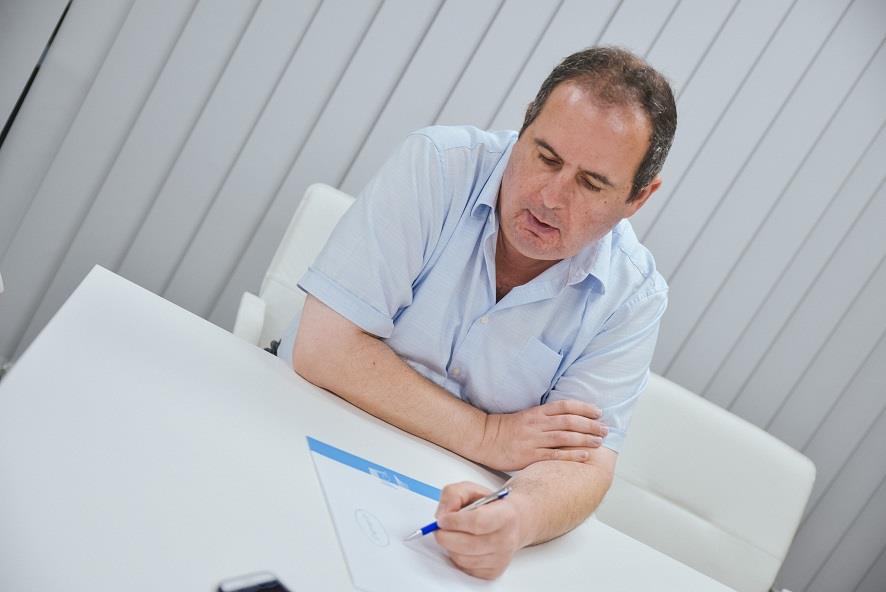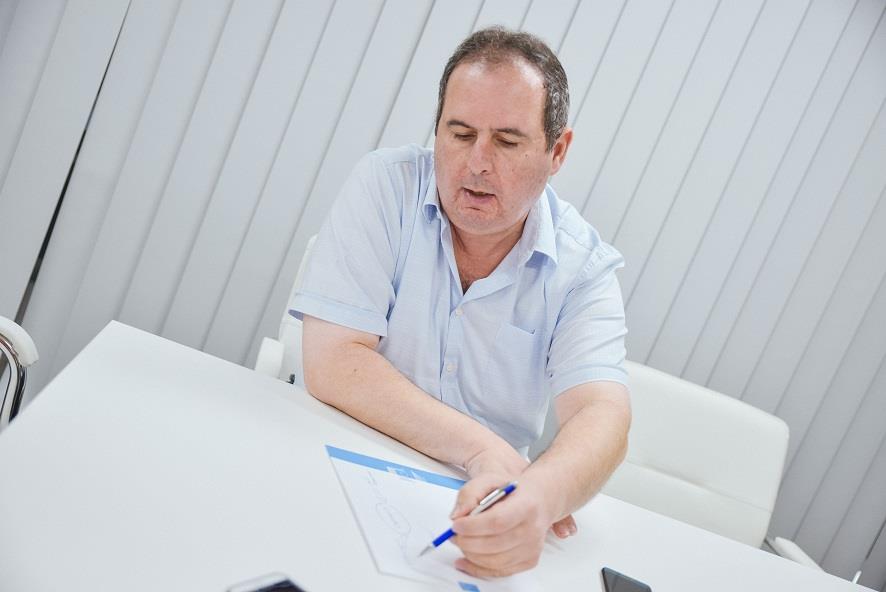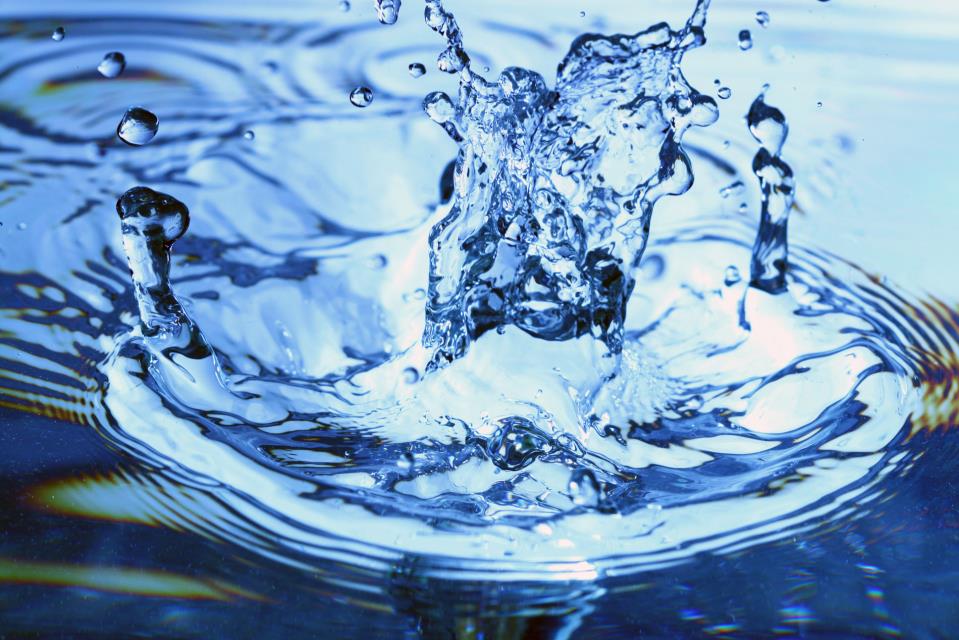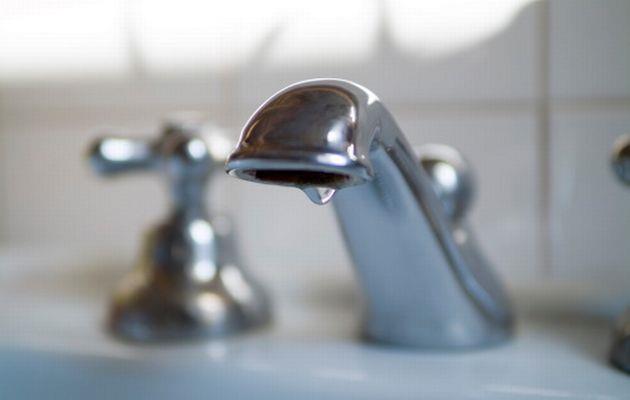Average use of water is lower than that of the EU, but Malta can be more efficient
“When looking at a broad estimate of how much water a person uses on a daily basis, we have calculated around 110 litres per person per day,” Sapiano says.
When comparing that figure to countries in the EU, some have averages of around 200 litres per person per day, meaning that people Malta are efficient with water use, but does not mean that it just stops there. “We can be more efficient and better with how we use our water resources, and that is what this campaign is about.”
Sapiano explained that the real challenge of water in Malta is the growing demand for it. A demand which grows as the population increases, leading to increased water use in homes, work places and agricultural sectors.
“As an agency, what we try to do at both policy and implementation level is to control the demand through promoting efficient use and alternative resources.” That is where the campaign comes in, addressing the importance of developing people’s consciousness about water resources.
He explains how the role of each individual at home, in the office or in the field makes a difference, regardless of how small the change that person takes on. “What we are asking people to do are not huge changes or projects, but when you see 500,000 people all making that small change, it makes a huge difference.”
When asked whether people take water for granted although many have been taught about being sustainable with water, Sapiano explained that previous campaign messages did make a difference.

“In the past, we used to highlight that one should take a shower rather than a bath; today we have 90 per cent of people choosing to have a shower over a bath, which is an indication that such campaigns have left their mark.”
He continued that although most modern appliances have water saving technologies, it still all comes down to the individual to make the ultimate change. He explained that spending just five minutes in the shower is the efficient benchmark for how long a shower should take.
“You can have a water efficient shower, but if you spend over 15 minutes in the shower you are still wasting water. What does it mean if we can reduce that showering time? It means that we can save six million cubic metres of water, which translates into 3 billion two litre bottles. The figures show us that we can be better in the way we use water and that every little counts.”
The campaign will include the distribution of a water saving kit to households and a mobile unit which will visit each town and village where technical staff will be able to provide personalised advice on water use. “The concept of this campaign is to engage with people on a one to one basis; through the campaign people can book an audit to receive more personalised advice on how they can save water. People not waste water intentionally; there is just a lot of misunderstanding on how to use it in a sustainable manner.”

Efficient leakage management reduced the need for Reverse Osmosis prodution
Sapiano explained that one of the major successes of Maltese water management was the improvement of leakage management, which tackled efficiency at a national level. “When we look back at the water production data back in 1992, our water production levels today are at around 60 per cent of that. This improved due to the control of water leakages.”
In the past, the government had launched a number of Reverse Osmosis around the island, one in Tigne, GharLapsi, Cirkewwa, Pembroke and Marsa, all operating at full blast. With leakage management, Tigne and Marsa closed down and by the mid 2000’s the remaining three were operating at around 50-60 per cent of capacity.
“The demand has decreased due to the reduction in leakages, meaning that we needed to produce less. Of course the demand of water does not decrease, but overall the loss of water (due to leakages) has decreased, which is most beneficial since this reduced the need to produce water to meet demand.”

Emphasis should not just be on fresh ground water, but the balance of water supplies for various demand and needs
Throughout the interview Sapiano repeated that nature provides us with just 50 per cent of the water which is needed and can supply demands of a growing population. When asked whether natural ground water is a concern, he explained that the public should not solely focus on ground water.
“Apart from ground water we have rain water, reverse osmosis water and reclaimed water. If we want to protect groundwater, we cannot consider it in isolation from other water resources. We use these different resources to balance the demand and needs of the island. Therefore reclaimed water is a priority for agriculture; Reverse Osmosis is used as drinking water, whilst ground water can be good for both.”
He said that whilst he was not fully satisfied with the situation of ground water, monitoring data shows a slow but consistent improvement throughout the years, a result of the implementation of various measures. He likened groundwater to a sick person, who although still not fully in good health, is recovering since the medication received is having its effect.
“People are under the impression that ground water is free. But for a farmer to drill a borhole, add a pipe and pay for electricity, all this comes at an expense. Throughout our studies, a farmer spends around 20-25c per cubic metre, which really is expensive. We have seen cases where, because farmers are extracting small volumes of water they end up “paying” four times as much as the cost of mains water. Furthermore as a group, we estimate that farmers pay somwhere around €3 million a year to extract groundwater, and this is definitely not “free”. This is something which we will also be addressing in our campaign; again it is not mistreatment, but misconception of water use and pricing.”

One of the biggest water management problems is harvest of rain
September marks the end of summer, and also the month where the island experiences periods of rainfall after a long period of draught. “Rainwater is a paradigm and one of the biggest challenges we face when it comes to water management, since we no longer have wells or storage for rain water with every single development. Back in the 15th century, there was a law saying that every household in Valletta had to have a well. This was also included in National Legislation in the late 1800’s. In the past 50 years, however, we have seen a lack of application and enforcement of this legislation and through our recent surveys, less than half of the housing stock own a well or any form of water storage.”
He stressed that such an investment in a well or storage unit would also implement the reuse of rain water for washing or flushing. “As an agency we are continuously pushing for these changes.”
Going back to his main point, Sapiano reflected that there has been an increasing demand in water, due to the increase in population. “With regard to Reverse Osmosis, the biggest challenge is the reduction of the energy needed to purify sea-water.”
He explained that GharLapsi in the 1980’s needed 10 kilo watt hours (units) for each cubic meter of water produced, whilst today the new plant in Gozo will use 2.4 units for each cubic meter, all due to improvements in desalination technology undertaken by the Water Services Corporation throughout the years.
“Since there is an increase in demand, water production must address this demand through increase in reverse osmosis capacity. From an environmental perspective, WSC strive to sources any energy increases for reverse osmosis production from energy savings through gains in energy efficiency in existing reverse osmosis plants. Currently there are a lot of important projects forming part of the Net Zero Impact Utility Project, aimed at making sure that WSC ends up having zero impact on the water environment. These include the New Water project, which reduces the demand for groundwater fof the agricultural sector through the provision of reclaimed water.”
The EU 2020 renewable energy targets were also discussed. Many have questioned whether Malta will reach the EU targets. Sapiano explained that the percentage does not give the whole picture.
“As a matter of fact, the production of capacity of renewables in Malta has shown a strong increase every year. However, due to an increasing economic activity this has been accompanied by a parallel increase in energy demand. Hence using percentage as an indicator does not fully justify the efforts undertaken in this sector. Comparing our renewables production capacity today to energy demand in 2010 would lead to a significantly higher percentage, well above EU targets. Even here, as an Agency we are also working on public engagement programmes to support increased uptake of energy efficiency and renewable energy initiatives, hence also increasing the sustainability of our energy sector.”